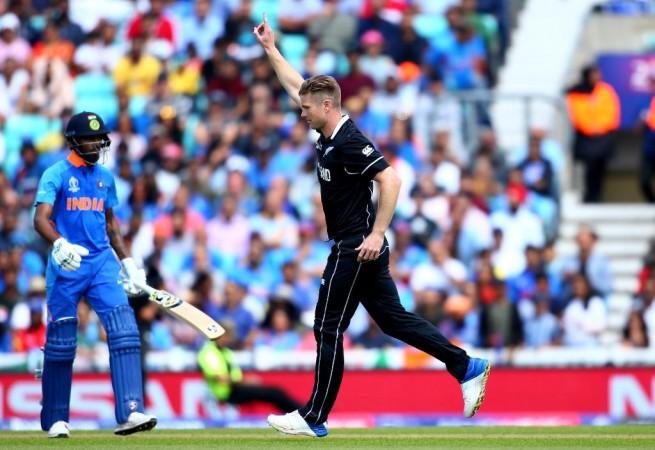
Over the last few years, Indian batting line-up has looked intimidating to most bowling attacks around the world. When you have a man who has scored three double hundreds in ODIs at the top, followed by one who already has 41 hundreds in this format and then by arguably the greatest finisher the game has ever seen, bowlers are bound to be worried.
But amidst all this power, there has remained one underlying concern that is yet to be seriously addressed. It is the weakness of this otherwise dangerous line-up against quality swing bowling. To be fair, this soft underbelly of the Indian batting is not unique to them. Most teams around the world would struggle against the moving ball, especially in limited overs format. But with India, it seems to negate their other attributes.
We saw another demonstration of this weakness getting exploited during the warm up match between India and New Zealand in the run up to the World Cup. New Zealand possess one of the finest new-ball pairs in world cricket – Trent Boult and Tim Southee. Along with their able aides, these two rattled the Indians and dispatched the top-order of men-in-blue back to the dressing room.
Old problem
This vulnerability to swing is not new. Let's go back to 2013. Indian batsmen were shattering records right, left and centre at home against Australia and West Indies in ODIs. But when they went abroad to South Africa and New Zealand, they ended up getting thrashed in both one-dayers and Tests. To be fair, the pitches on those tours were not all that different from the usual flat surfaces in world cricket today. But just a little bit of extra help for the bowlers made all the difference.

After that, in 2014, India suffered a humiliating 3-1 defeat in England where the batting line-up looked spineless in the last three matches of the Test series against decent English bowling. Prior to the previous World Cup in 2015, the men-in-blue played a tri-series in Australia against the hosts and England. In that series too, the Indian batting came a cropper in swing-friendly conditions.
On to 2016 and against West Indies in their backyard and New Zealand at home, the Indian batting order found itself in trouble whenever the conditions favoured the seamers. It needed rescue acts from the likes of Wriddhiman Saha and Ravichandran Ashwin to save India the blushes.
2017 was otherwise a great year but even there, in a Test at Eden Gardens against Sri Lanka, the Indian top-order collapsed in the first innings under grey skies and moistened outfield. In 2018, whether it was the tour of South Africa or England, the moving ball proved too hot to handle for Indian batsmen except Virat Kohli.
So, clearly, there is a problem. While England these days doesn't provide the sort of seamer-friendly pitches as was the case many years ago, anytime there is cloud cover, there is bound to be deviation. Could this prove to be the undoing of Virat Kohli's team in 2019? Going by the events of their first warm-up game, that may well be the case.

















